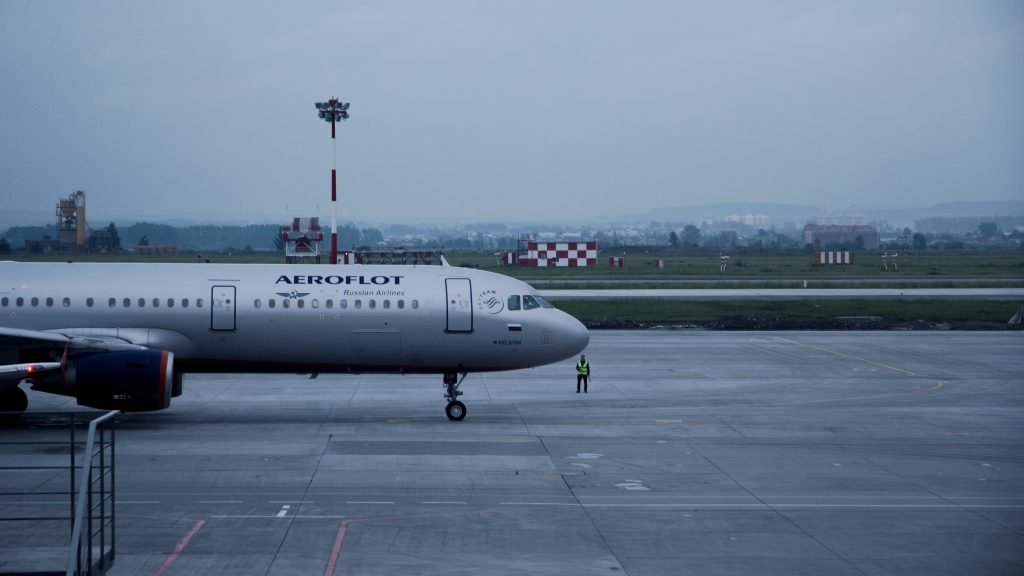
Ever since human beings first took to the skies, the pursuit of greater aircraft range and speed has been a constant goal. The ability to cover longer distances in shorter timeframes has revolutionized travel, commerce, and global connectivity. Achieving these milestones has been made possible through the use of highly advanced hydraulic systems and the introduction of new materials for airplane construction.
Table of Contents
A Historical Perspective of How We Fly
To appreciate the current state of aircraft range and speed, it is essential to delve into the historical context. Early aviation pioneers like the Wright Brothers took their first flights at Kitty Hawk in 1903. At the time, they covered a mere 120 feet in 12 seconds — and this feat astonished the entire world. The modest beginning marked the inception of aviation, and it was not long before engineers started experimenting with ways to enhance both range and speed. In the early 1930s, the development of hydraulic systems began to play a crucial role. Hydraulic technology was used to power landing gear, brakes, and flaps. Although it would be a long time before products such as Skydrol LD-4 were created, the development of hydraulic systems would jumpstart many more innovations. Advanced hydraulics allowed aircraft to handle longer flights and more demanding maneuvers, laying the groundwork for a myriad of future advancements.
Advancements in Aircraft Range Are Still Making Headlines
These days, fuel efficiency is one of the most commonly used phrases in aviation. In a world in which fuel prices have risen, both airlines and consumers have been praising the development of more efficient aircraft. A key factor in improving range has been aerodynamic improvements and the use of more lightweight materials. The military especially has been promoting the use of high-efficiency engines, and turbofans have transformed thrust-to-weight ratios.
“A Need for Speed”
Although the Concorde is no longer in service, its brilliant design and ability to exceed Mach 5 stunned the world. These days, engineers are exploring the potential for future commercial applications of supersonic airplane travel. From concepts including swept-back wings to the analysis of winglets for reducing drag, designers have been going the distance with their imaginations. Hydraulics play a critical role in modern flight. From landing gear deployment and retraction to braking systems, their role cannot be underestimated. In the coming years, we can expect to see enhanced and reduced maintenance requirements
A Glittering Case Study: The Boeing 787 Dreamliner
The Boeing 787 Dreamliner is an excellent example of how aircraft range and speed have improved. This modern marvel of aviation boasts an impressive range of up to 7,530 nautical miles and a top cruising speed of Mach 0.85. The Dreamliner’s hydraulic systems are designed with efficiency and reliability in mind. They are significantly lighter and more compact compared to older hydraulic systems, reducing the overall weight of the aircraft. This weight reduction directly contributes to increased fuel efficiency and extended range. Moreover, the precise control offered by hydraulic systems ensures that the Dreamliner can maintain optimal aerodynamic performance throughout its flight, further enhancing speed and range capabilities. The ability to retract landing gear smoothly and efficiently also reduces drag during flight, contributing to fuel efficiency.
From Kitty Hawk to Neil Armstrong and Jeff Bezos
As technology continues to advance, the future of aviation holds exciting prospects for even greater range and speed. Hypersonic and space travel are on the horizon, promising to revolutionize global transportation. However, these advancements also bring challenges, including the need for more advanced hydraulic systems capable of withstanding extreme conditions.
Conclusion
Advancements in aircraft range and speed have transformed the way people connect with the world and conduct business. Hydraulic systems have been integral to these achievements, allowing aircraft to reach greater distances and higher speeds while ensuring safety and precision. As human beings look to the future, it is easy to see that the sky is no longer the limit. In the years to come, the innovations that come along will dazzle everyone who pays close attention to the evolution of aircraft.





More Stories